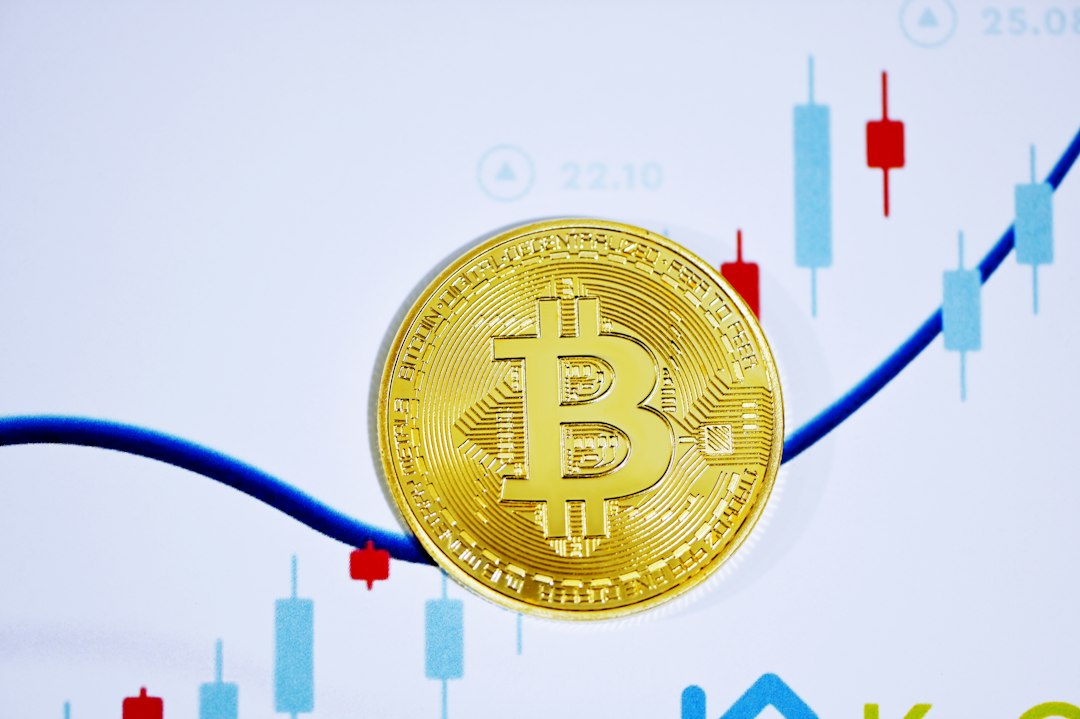Bitcoin’s Risk-Reward Analysis: A Different Universe
Fidelity Investments, a leading asset manager with $4.5 trillion under management, recently conducted a risk-reward analysis on various assets, including Bitcoin. According to Jurrien Timmer, Fidelity’s Director of Global Macro, Bitcoin’s risk-reward is “in a different universe.”
In the financial industry, risk and reward are evaluated by considering annualized volatility and annualized return. Annualized return measures the average yearly profit an investment generates over a specific period, while annualized volatility reflects the price fluctuations of an asset over a year.
Analysts often use standard deviations to assess volatility. Higher deviations indicate greater volatility.
Annualized Risk-Reward for Bitcoin vs. Other Assets
Bitcoin stands out with an annualized return of approximately 60% and an annualized volatility of 69 standard deviations. This remarkable performance places it in a league of its own, as stated by Jurrien Timmer.
Fidelity’s analysis includes multiple financial assets from 2020 to October 29, 2023, plotted on a chart with risk represented on the X-axis (measured by annualized volatility) and reward on the Y-axis (measured by annualized return).
The second-best performing asset is the SPX stock market index, offering returns ranging from 16% to 26% and a risk of 18 to 24 standard deviations. China has demonstrated higher risk with an annualized volatility of 25 to 28 but negative returns over the three-year period.
Hot Take: Bitcoin’s Unparalleled Risk-Reward Profile
Based on Fidelity’s analysis, Bitcoin’s risk-reward profile surpasses that of other assets, placing it in a league of its own. With an annualized return of around 60% and an annualized volatility of 69 standard deviations, Bitcoin presents a unique investment opportunity. While other assets like the stock market index show solid performance, Bitcoin’s extraordinary risk-reward ratio sets it apart.





 By
By
 By
By

 By
By
